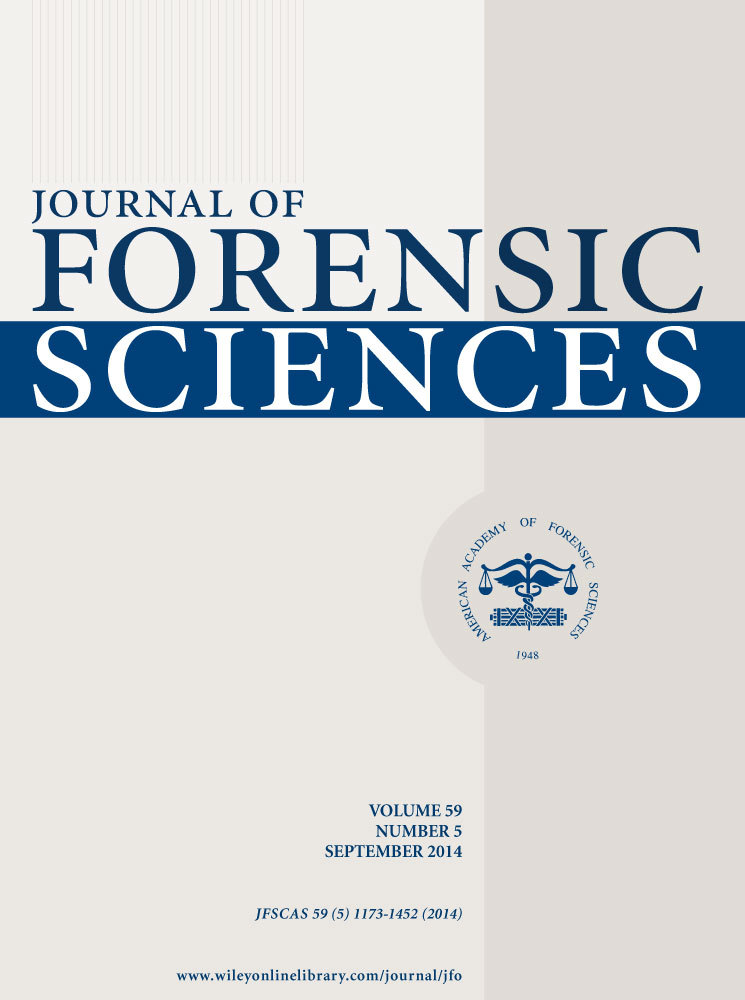Death Due to Isolated Jejunal Tear Following Blunt Abdominal Trauma
Abstract
Small intestinal injury following blunt abdominal trauma has been widely reported. Isolated jejunal tear which is caused by blunt abdominal trauma is rare and is most often seen in road traffic accidents. Here, we report a case of isolated jejunal tear in a 24-year-old male truck driver. He was admitted to a tertiary care hospital in a South Indian Metropolitan city with complaints of acute abdominal pain and tiredness following alleged accidental blunt trauma sustained to abdomen due to steering wheel impact. An isolated jejunal tear and adjacent mesenteric contusion and tear were missed by the treating physician even after preliminary investigations, and thus, the conservative management was instituted. The condition deteriorated gradually, and he succumbed to death. The autopsy revealed transverse tear of jejunum almost involving whole of its circumference on the antimesenteric border and peritonitis. Proper use of radio-diagnostic techniques and timely undertaken explorative laparotomy would have saved the life.




